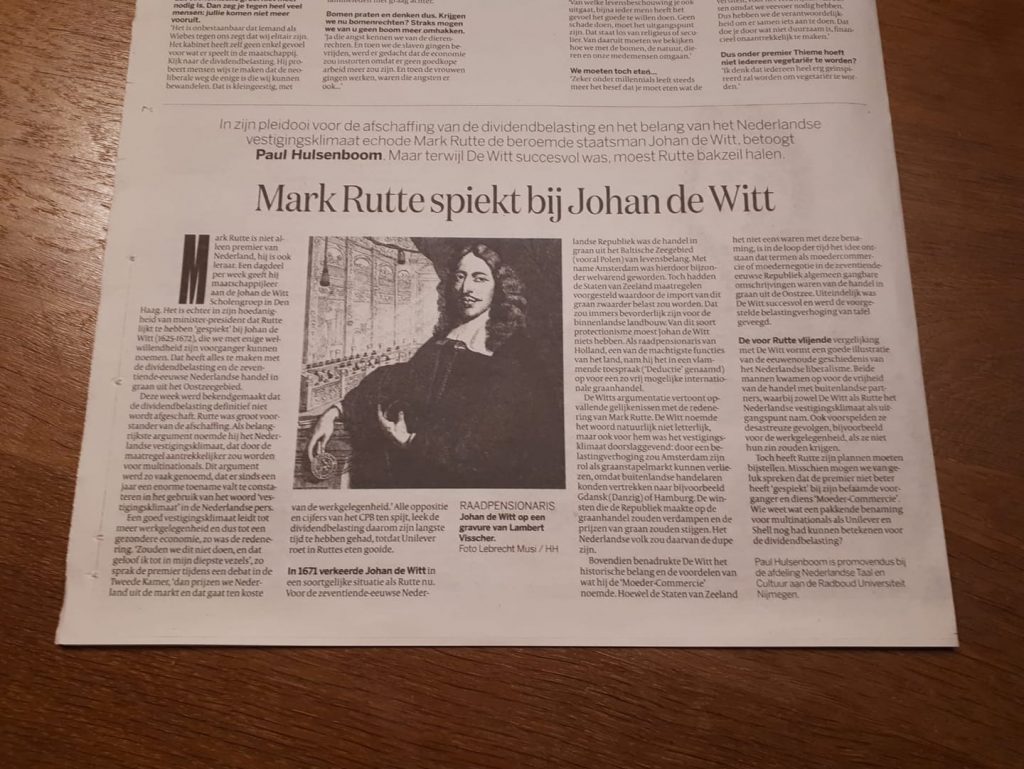Santa gave me a particularly lovely Christmas present this year: a freshly published peer-reviewed publication! It is entitled ‘Better than Pindar? The Ode by Sidronius Hosschius to Sarbievius and Its Two Versions’ and is published in Terminus, a journal for Neolatin studies, in an issue devoted to “the Sarmatian (i.e. Polish) Horace”, Mathias Casimirus Sarbievius (Maciej Kazimierz Sarbiewski, 1595–1640). My paper contributes to our knowledge of the international fame Sarbievius’s poetry enjoyed in the Early Modern age.
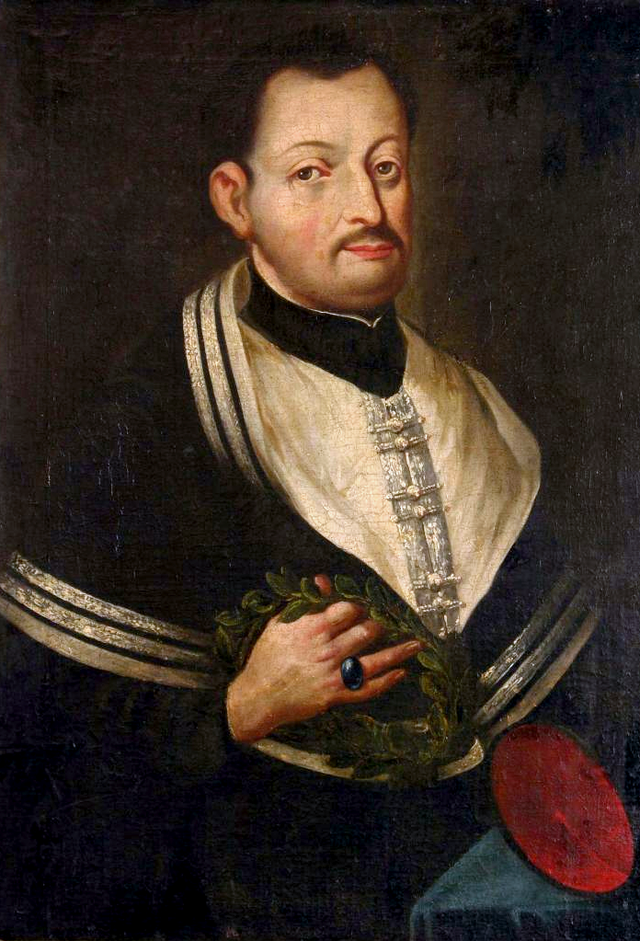
The main aim of the paper is to present and analyse an ode by the Flemish Jesuit Sidronius Hosschius (Sidronius [or Syderoen] de Hossche, 1596–1653) to Sarbievius. This eulogy has often been viewed as a masterpiece. In addition, it has two distinct versions: one published in a collection of poems in honour of Sarbievius (the so-called Epicitharisma), first printed in an edition of his oeuvre in 1632, and one in the collective volume of Hosschius’s own works issued posthumously in 1656. Both versions were first published by the famous Plantin-Moretus printing house in Antwerp. I have previously written two other papers, also dealing with poems to Sarbievius, composed by the Frenchman Gilbertus Joninus and the Fleming Jacobus Wallius.
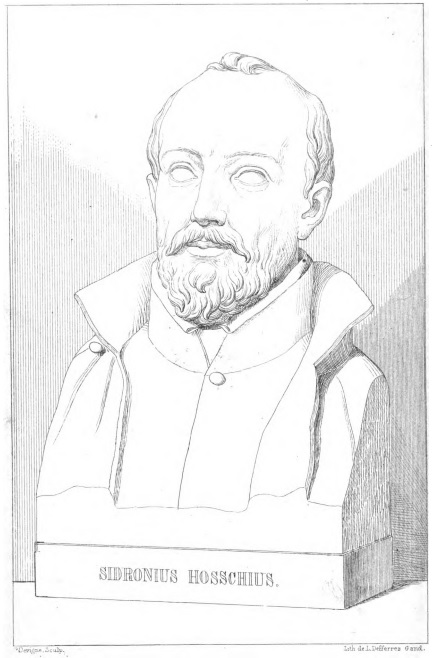
The paper consists of three sections. The first one focuses on the relationship between Hosschius and Sarbievius and on the Nachleben of Hosschius’s ode. The second section offers a general analysis of the poem. Tracing the contents of Hosschius’s ode and its sources of inspiration, it argues that Hor. Carm. IV 2 is central to the poem’s understanding. The third section discusses the differences between the two versions, in an attempt to disclose why the poem was altered and how the changes influence the ode’s meaning. A number of larger changes affect the poem’s central message: while in the earlier version Sarbievius is said to outdo Pindar and even Horace, the later version is more cautious. All it does is admit that Sarbievius could perhaps equal Pindar and Orpheus.
Hosschius’s eulogy and the reception of Sarbievius through his composition have two different traditions: 1) the one found in most editions of Sarbievius’s works, where the poem basically proclaims him to be the best Latin lyricist of all time, thereby tying in with other laudatory contributions and promoting both Sarbievius’s oeuvre and the editions themselves, and 2) the one added to Hosschius’s own poetry, where the adjusted version—which contains more references to ancient literature and which could be called more personal, as well as, perhaps, more realistic—became a fan favourite.
In both instances, however, the reinterpretation of the psychological effect of poetry—the translation of furor poeticus from the author to the reader—and the re-evaluation of the concept of aemulatio could be the main reason why Hosschius’s ode was so highly valued.
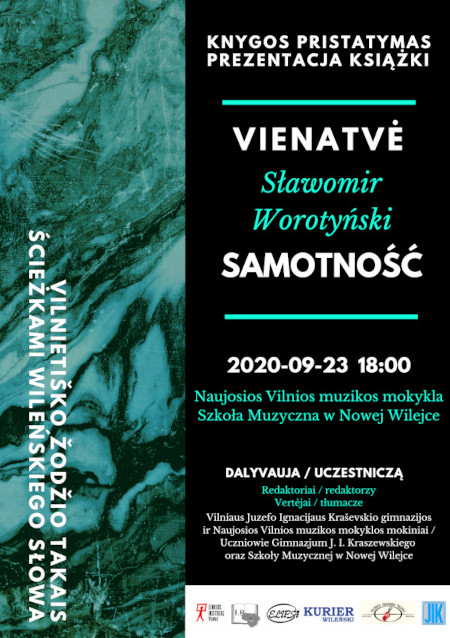
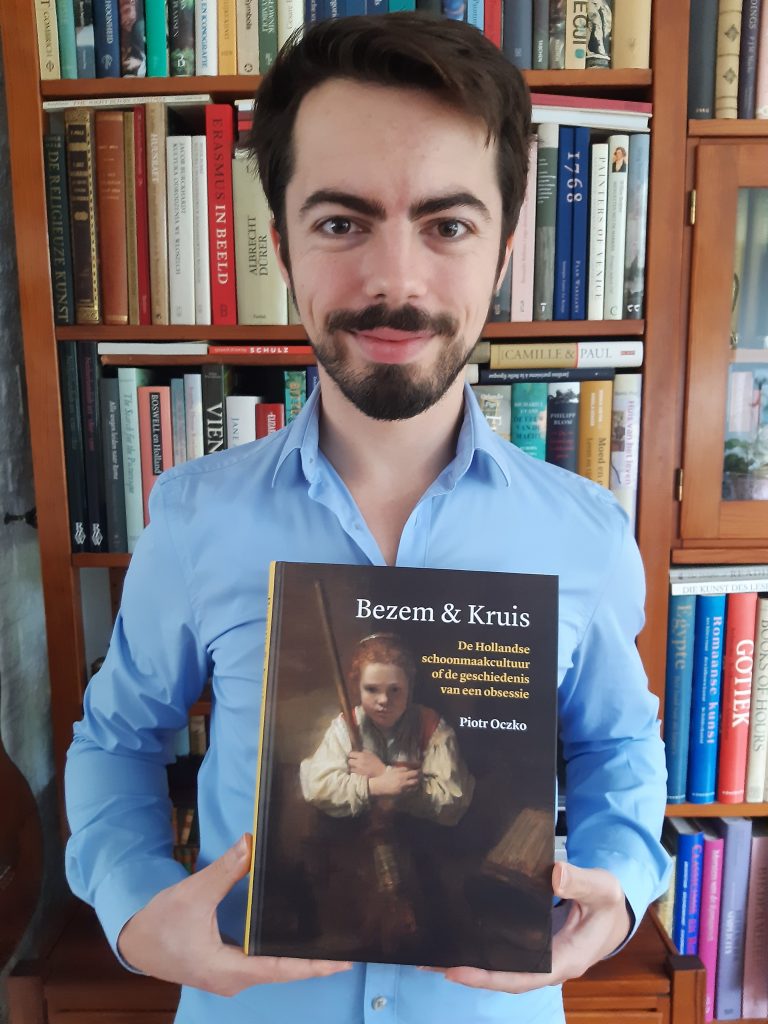 Deze maand verscheen bij de Primavera Pers in Leiden het boek Bezem & Kruis: De Hollandse schoonmaakcultuur of de geschiedenis van een obsessie, mijn vertaling van Miotła i krzyż: Kultura sprzątania w dawnej Holandii, albo historia pewnej obsesji. Het boek is geschreven door de Poolse letterkundige en kunsthistoricus Piotr Oczko, die is verbonden aan de Uniwersytet Jagielloński in Krakau.
Deze maand verscheen bij de Primavera Pers in Leiden het boek Bezem & Kruis: De Hollandse schoonmaakcultuur of de geschiedenis van een obsessie, mijn vertaling van Miotła i krzyż: Kultura sprzątania w dawnej Holandii, albo historia pewnej obsesji. Het boek is geschreven door de Poolse letterkundige en kunsthistoricus Piotr Oczko, die is verbonden aan de Uniwersytet Jagielloński in Krakau.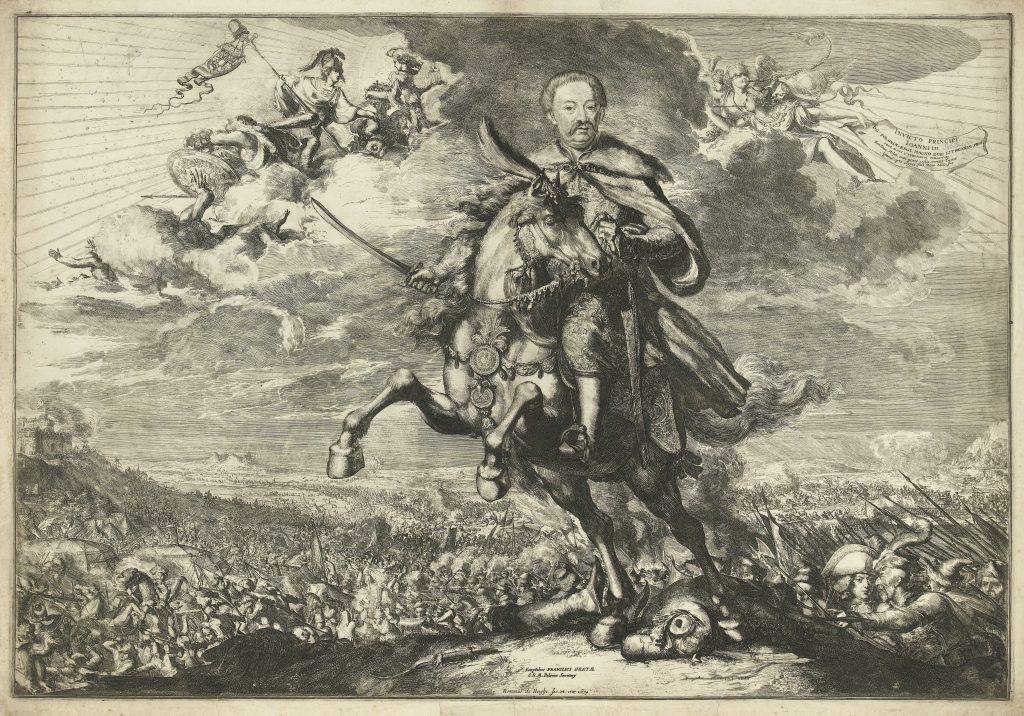
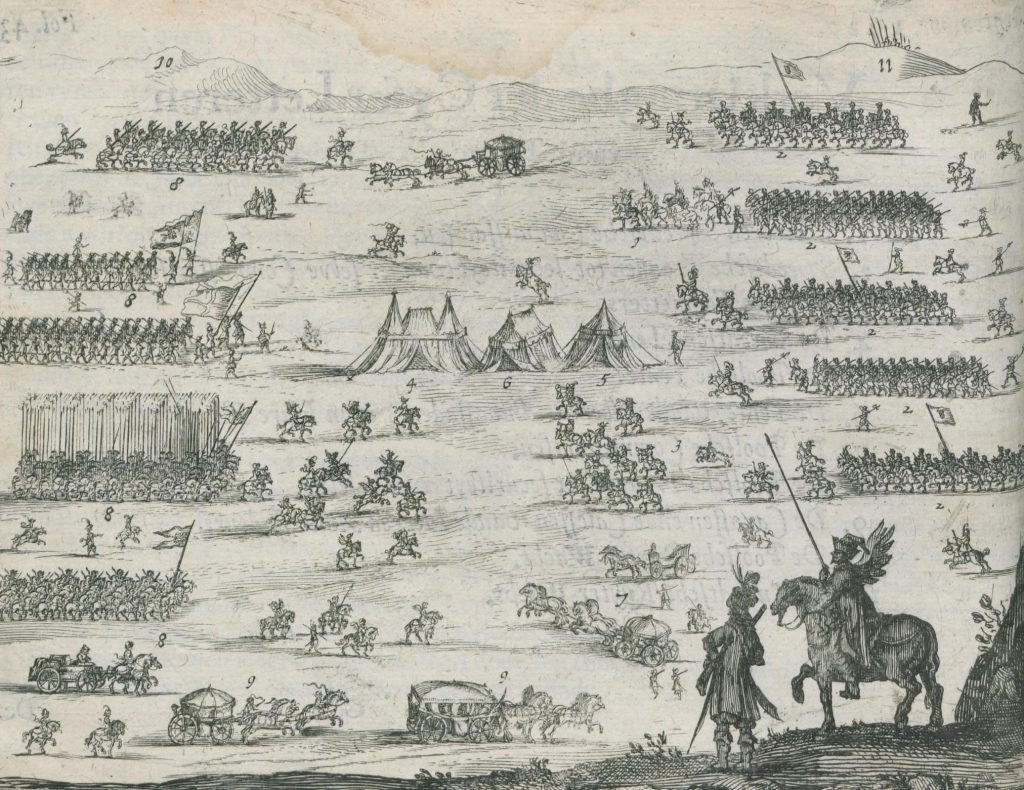
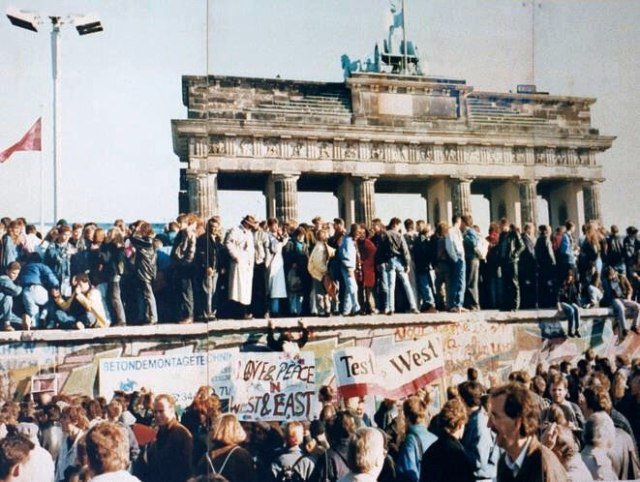
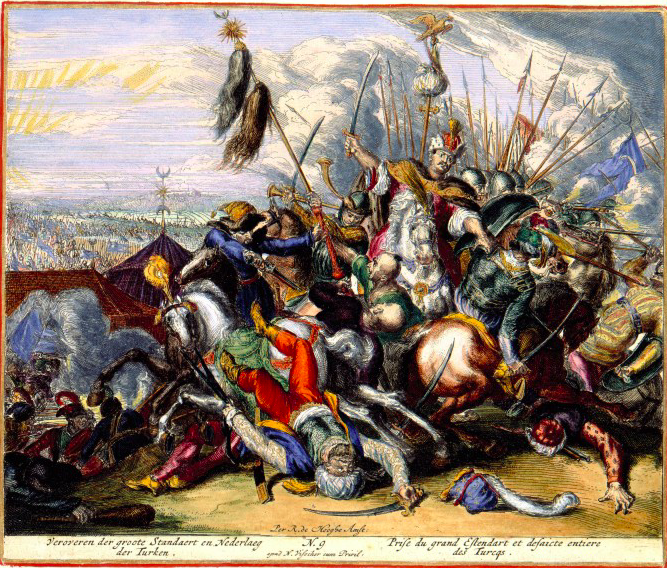
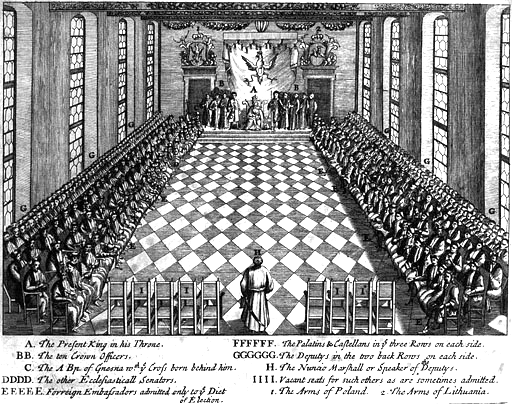
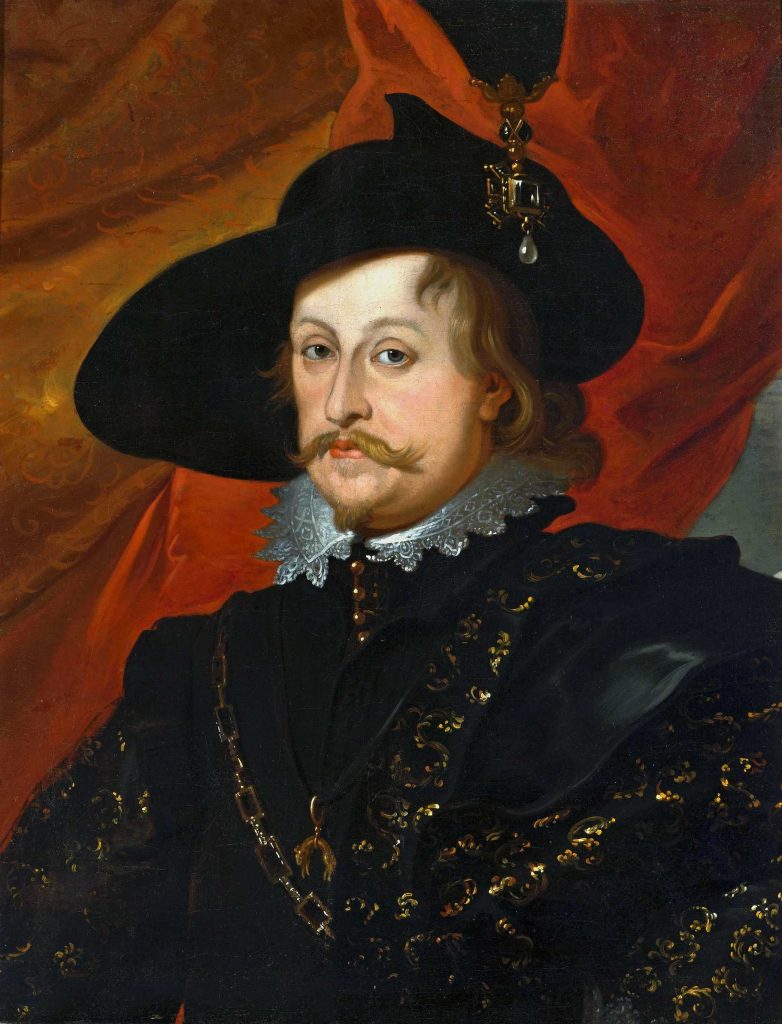 In 1624 bracht Ladislas Sigismund Vasa, kroonprins van Polen-Litouwen, een spannend bezoek aan het Beleg van Breda. Het fraai vormgegeven In Brabant. Tijdschrift voor Brabants erfgoed publiceerde deze maand een artikel van mijn hand over dat bezoek. Ik vertel daarin over de historische context van deze gebeurtenis, behandel aan de hand van ooggetuigenverslagen het verloop ervan, en ga in op het naleven van het bezoek in met name het Pools-Litouwse Gemenebest. Rondvliegende kanonskogels, maansverduisteringen, baarden met geheime brieven erin: het komt allemaal langs!
In 1624 bracht Ladislas Sigismund Vasa, kroonprins van Polen-Litouwen, een spannend bezoek aan het Beleg van Breda. Het fraai vormgegeven In Brabant. Tijdschrift voor Brabants erfgoed publiceerde deze maand een artikel van mijn hand over dat bezoek. Ik vertel daarin over de historische context van deze gebeurtenis, behandel aan de hand van ooggetuigenverslagen het verloop ervan, en ga in op het naleven van het bezoek in met name het Pools-Litouwse Gemenebest. Rondvliegende kanonskogels, maansverduisteringen, baarden met geheime brieven erin: het komt allemaal langs!